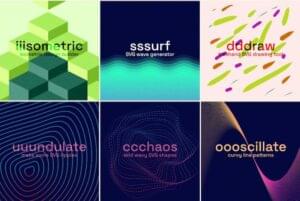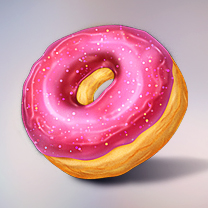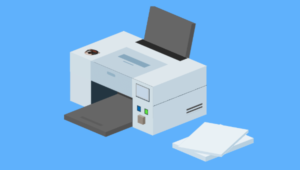Killer Backgrounds with Illustrator’s SVG Pattern Tool
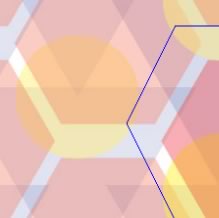
Key Takeaways
- Adobe Illustrator’s Pattern Tool allows designers to create seamless repeating backgrounds. The tool arranges elements and determines their repetition or tiling, enabling designers to focus on the overall design.
- SVG, or Scalable Vector Graphics, has excellent support for rendering patterns. Illustrator CS6 can be used to produce these patterns, making it a powerful tool for web image formatting.
- The Pattern Tool can create complex patterns in seconds, using simple shapes like circles, triangles, and hexagons. Different tiling options, such as grid, brick by row, brick by column, hex by row, and hex by column, can drastically change the design.
- After creating a pattern, it can be exported as an SVG file. This file can be edited to fill the browser or to control the size of the pattern. As a result, designers can create lightweight, infinitely scalable vector graphics for their websites.
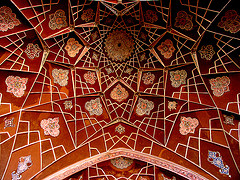
Adobe Illustrator is the established go-to tool for vector graphics. You can scale graphics infinitely larger or smaller, without any loss of image quality.
That’s why Illustrator is perfect for creating backgrounds. You can create seamless repeating backgrounds easily in Adobe Illustrator with the Pattern Tool.
You simply arrange the elements and tell Illustrator how you want them to repeat or tile, which allows you to focus on the overall design, not on the mechanics of execution.
But patterns alone aren’t the real story here.
SVG — in many ways the web image format of the gods — has amazing built-in support for rendering patterns, and Illustrator CS6 is uniquely placed to help you produce these patterns.
Let’s take a look at how it works.
Let’s Make Patterns
To get started, open up Adobe Illustrator and go to Object > Pattern > Make. This changes the interface, so that you have a central square on your canvas. You’ll immediate receive a message that the Pattern has been added to the Swatches Panel.
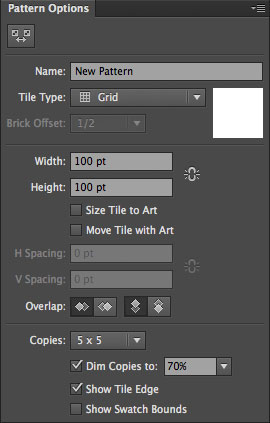
This image shows the Pattern Panel. You’ll be using this to control the behavior of your pattern. Notice the top menu item is where you will name your pattern.
Important Note: Before diving into creating patterns with the Pattern Tool, make sure that “Move Tile With Art in unchecked in the center of the Panel. Otherwise you’ll find the Pattern Tool more difficult to work with.
The default width and height for our pattern section is 100px x 100px, but you can make it whatever you need. You can also link the width and height so they scale together.
Before we choose how the pattern will tile, let’s give Illustrator something simple to tile. Select the Ellipse Tool and hold down the Option/Alt key (draw from center) and the Shift key (maintain aspect ration) and create a circle within the square tile.
Use the Direct Selection tool and select the circle. Hit Command/Ctrl+ C to copy, then hit Command/Ctrl+F to paste it in front, in the exact same place. Hold Down the Alt/Option Key + Shift and scale the top circle down.
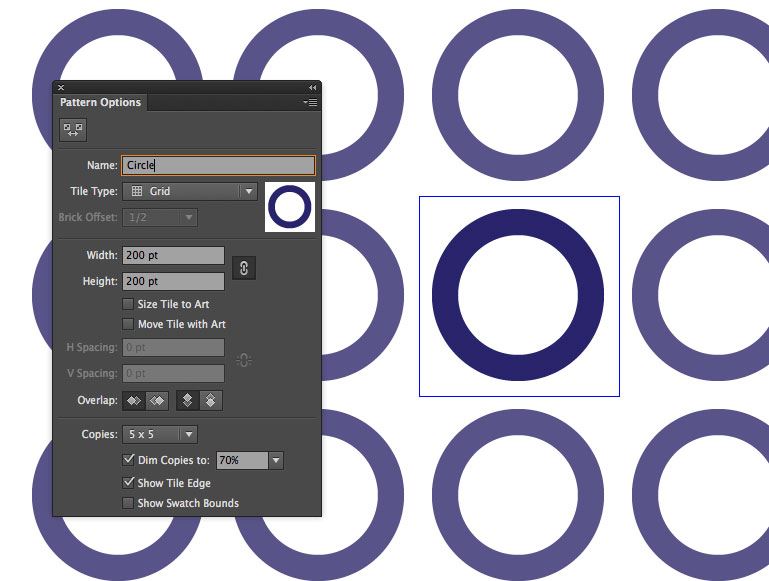
Next, select both circles and hit Command/Ctrl + 8 to create a compound path.
Remove any stroke you might have applied and select any color as the fill. I’ll choose a royal blue. Align the circle within the tile vertically and horizontally.
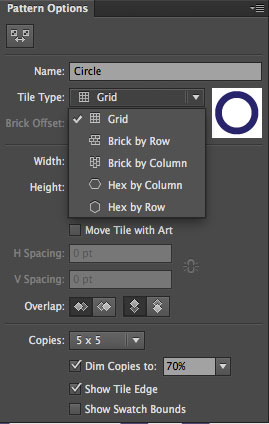
Now, we can decide how the pattern will be formed. Notice how the copies are faded. You can set the opacity and the number of the copies of your vector shapes at the bottom of the Pattern Panel.
Different tiling options are presented in the ‘Tile Type’ dropdown. In the diagram you can see the different options, and how they drastically change the design.
Pattern tiling options
GridThe default grid spaces graphics equally horizontally and vertically. |
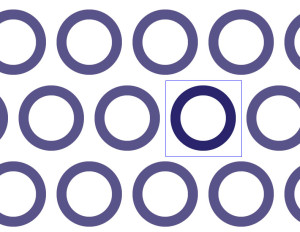 |
Brick By RowThis setting staggers graphics horizontally, like rows of bricks. |
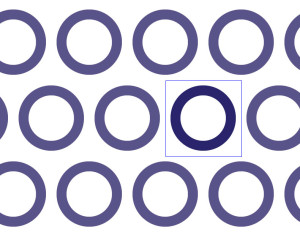 |
Brick By ColumnThis staggers graphics like rows of bricks, but vertically. |
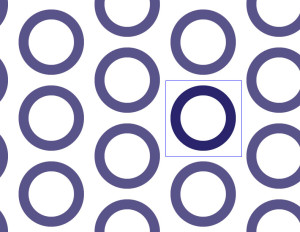 |
Hex By RowThis staggers graphics in a hexagonal pattern horizontally. |
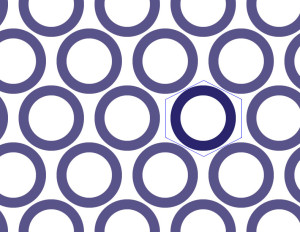 |
Hex By ColumnThis staggers graphics in a hexagonal pattern vertically. |
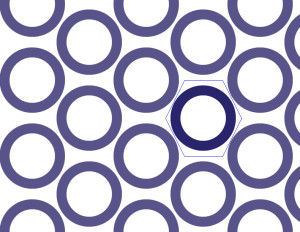 |
The pattern tool makes it easy to create complex patterns in a matter of seconds.
You don’t really even need to use a ton of shapes. Select the Star Tool and use the down arrows to reduce the number of sides to three, giving you a triangle.
Point the triangle downward, so that the top side is flat, going outside of the pattern square.
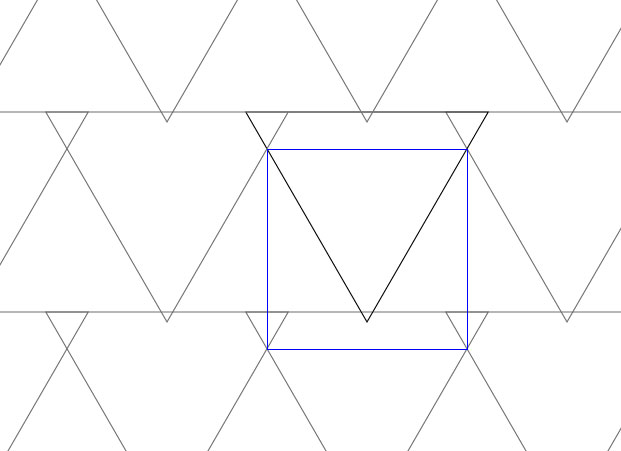
Next, add a circle, drawing the center over the bottom vertex of the triangle.
To do this, hold down the Alt/Option and the Shift keys while dragging outward. Notice how Illustrator automatically draws the circle at the top of the square, repeating the pattern.
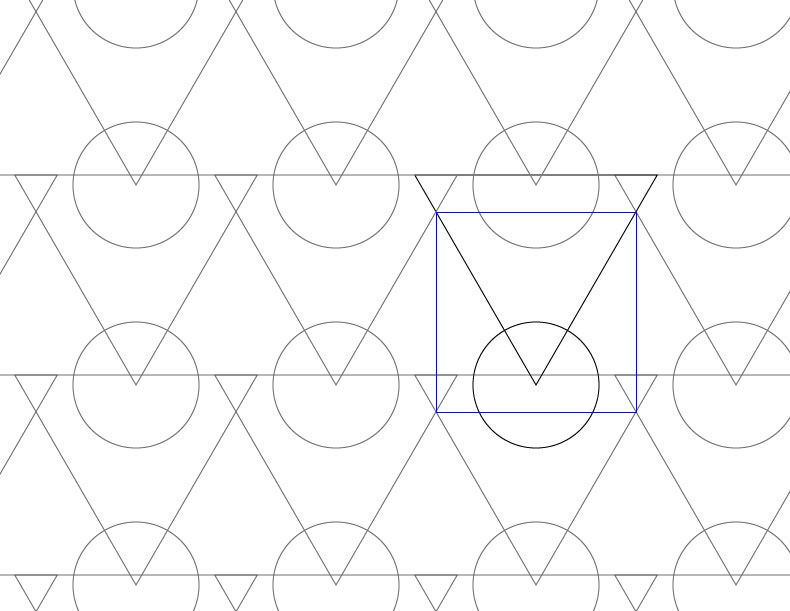
Next, select the Polygon Tool and create a hexagon. Make its bottom edge touch the bottom edge of the pattern’s square, and the top right corner touch the edge of the triangle, as in the image below.
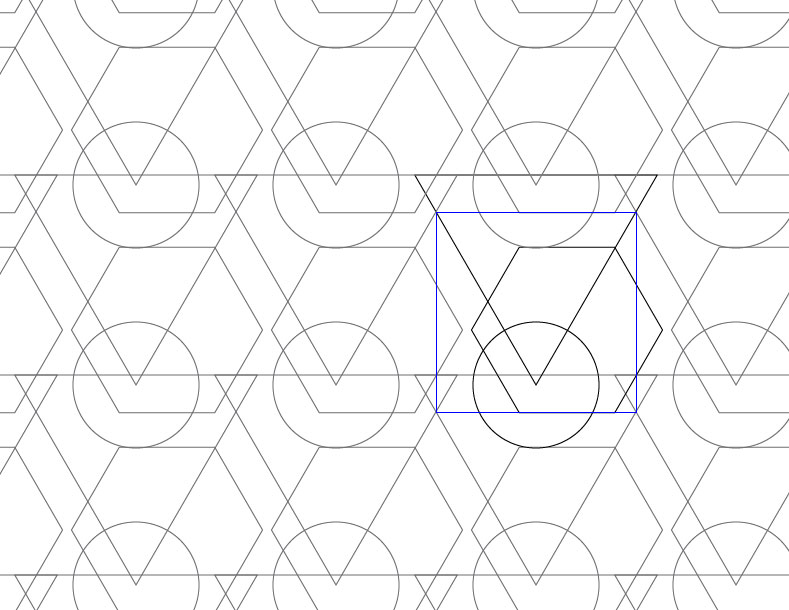
This is already an interesting pattern, but we can save as a copy and create another pattern with this same setup. To do this, look for the Save a Copy option at the top edge of the window. Name your new pattern something different, and now you can alter this pattern to create something new.
Here’s where the Pattern Tool is a huge time saver. Select all of the shapes, and remove their strokes. Next, make the circle yellow, the triangle blue, and the hexagon red. From here, select each one individually and go to the transparency panel. Set the shapes to the following transparency:
- Circle: 50%
- Triangle: 20%
- Hexagon: 35%
Then, change the Tile Type from gird to Hex by column. This creates a tight overlapping pattern, shown below.
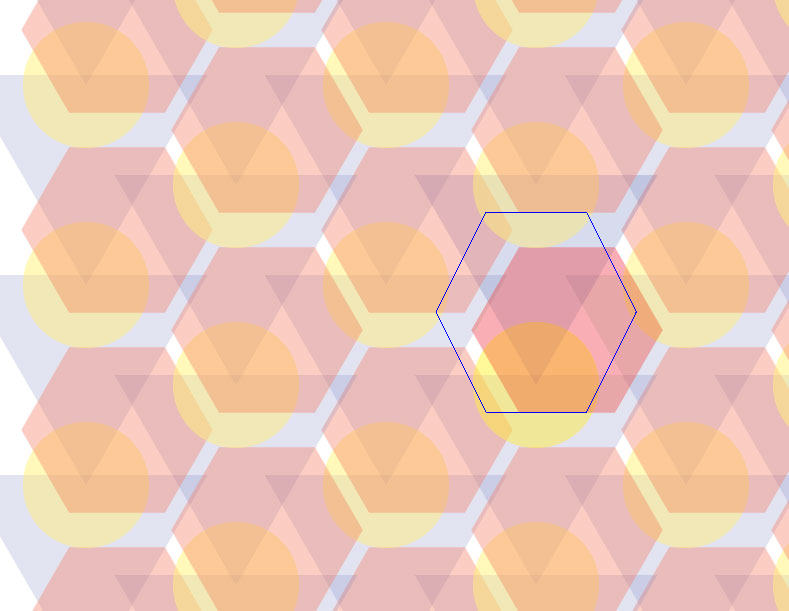
Exporting Your Pattern as an SVG
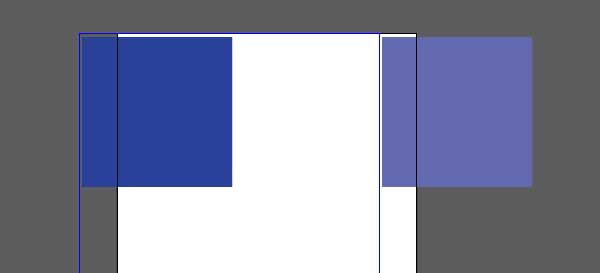
Let’s create a pattern in Illustrator that will repeat endlessly. Make sure the tile size is square for this, because it will make it easier for you to line things up visually.
Step 1
Select the Rectangle Tool and create a blue square that it 50px x 50px and draw it in the top right corner of the pattern tile.
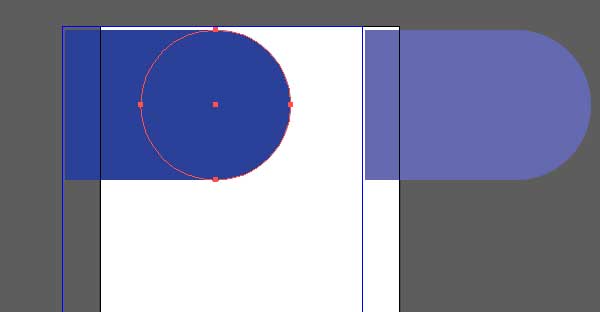
Step 2
Next, using the Ellipse Tool, Create a circle with the same dimensions, but place it so that half of it overlaps the square. Now, create a white circle that is 50px x 50px in dimensions and place it on the left side.
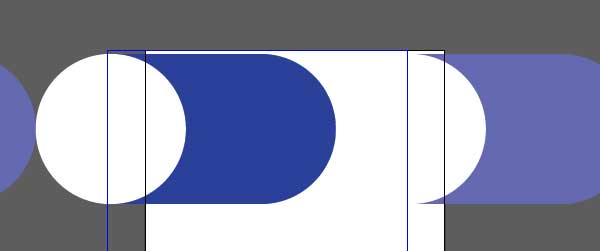
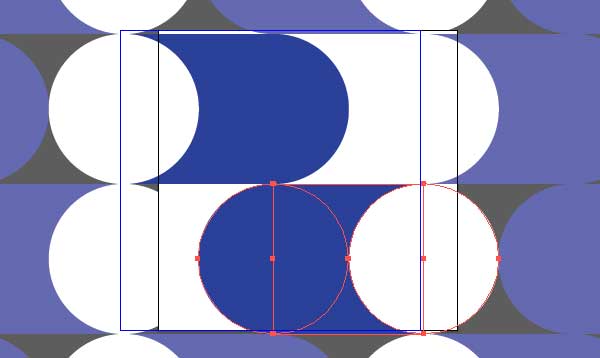
Step 3
Select all of this and hit Command/Ctrl + C to copy and then Command/Ctrl + F to paste in front. While the selection is still active, rotate the selection so that it faces the other direction. Position it in the lower half of the tile, so that you have a zig zag pattern.
Step 4
Hit Save a Copy and name it what you want to call your pattern, and it will be placed in the Swatches Panel.
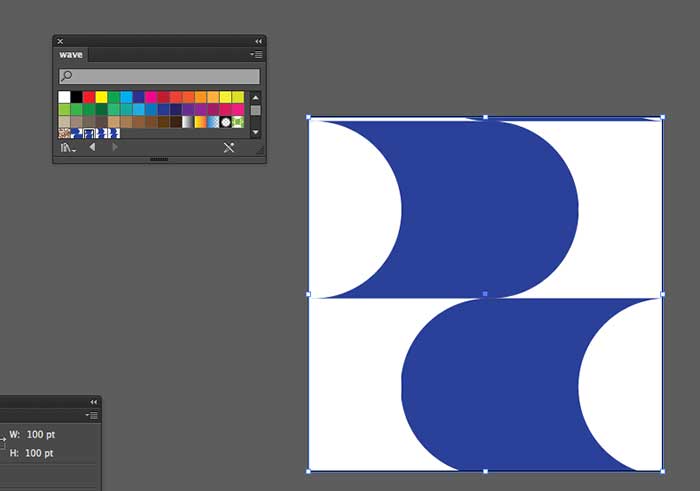
Click done, and you should appear back at a blank canvas. Use the Canvas Tool to set your canvas to 100px x 100px and use the Rectangle Tool to create a square at the same dimensions. Make sure the Fill is active and click on the pattern swatch you just finished making. It will fill your square with the swatch.
Step 5
Next, go to File> Save As and a dialog box will come up. Choose SVG and make sure SVG 1.1 is checked. Once you have done this, hit ok and save your SVG as the name of your choice.
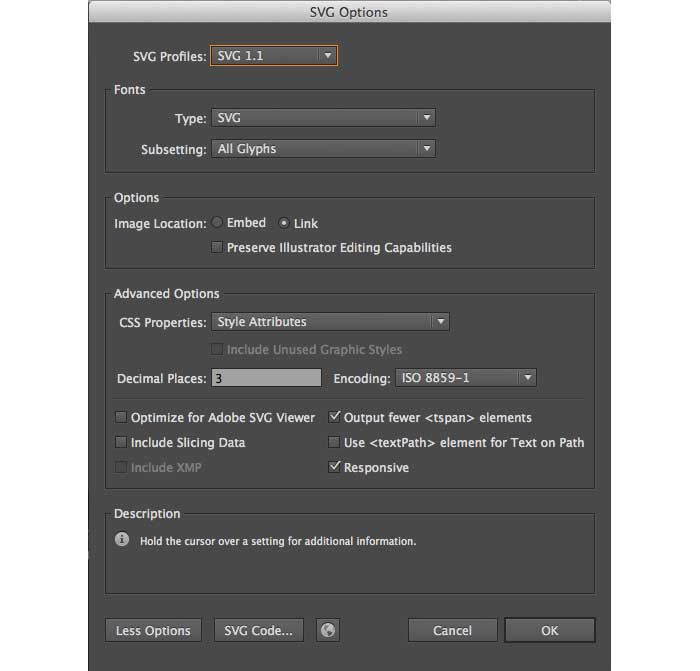
Step 6
If you open the SVG up in a browser (just click and drag the SVG over the Firefox icon) it will open up in the browser. Notice that it isn’t really a pattern yet. You should only see a 100px x 100px area of your pattern. We have to do something to it to enable it to fill the browser.
When you save a file as an SVG in Illustrator it is your document size that determines the area of the pattern. The pattern is there; it is just currently restricted to the 100px x 100px area of your original canvas.
For example, if your canvas was 1024px x 768px, that’s how much of the browser would be filled with your pattern. To unleash it, we need to edit the SVG in 2 easy places, changing the width and height to 100% both times.

At the top where is says “viewbox = “ 0 0 100 100” it is saying that the pattern starts at the coordinates of 0 from the top and 0 from the left and the width and height are 100px in size.
Change the width and height to 100% — but you won’t see a difference just yet. We need to resize the rectangle area that contains the pattern.

Step 7
Go do to where it says “ <rect />” and change those values to 100% each. Instead of 100 pixels, it will make the pattern fill 100% of the width and height of the browser with the SVG pattern. The result is shown below, and an infinitely repeating SVG pattern.
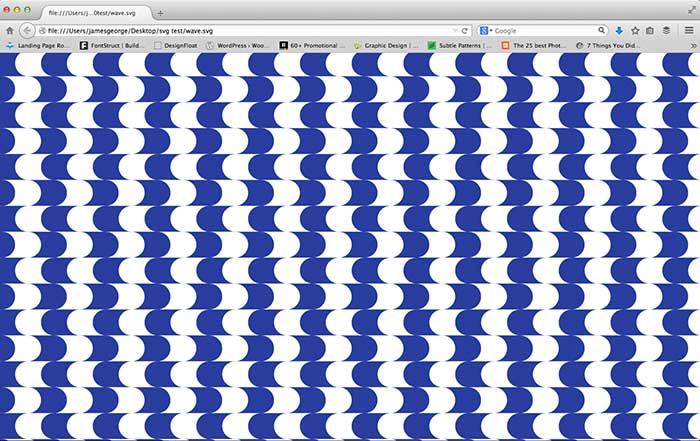
If you want, you can precisely control the size of the pattern in this line of code, just under the viewbox code we first edited: <pattern x=”-346″ y=”-256″. Since it’s square, if we increase the values of the width and height equally, we will proportionally increase the pattern size. Set the width and height to 300 and you’ll see the result below.
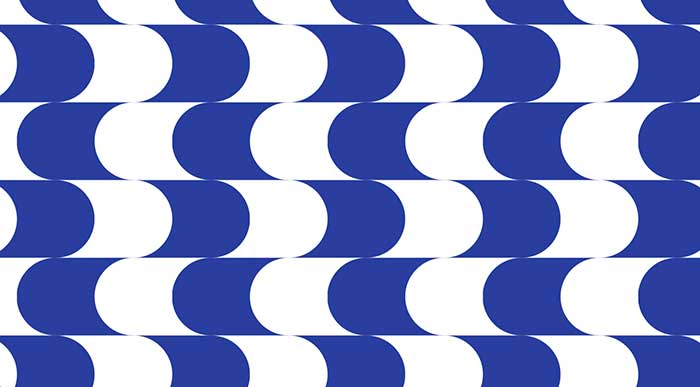
Setting the size to width and height to 30 each will create a tighter, smaller SVG pattern, show below.
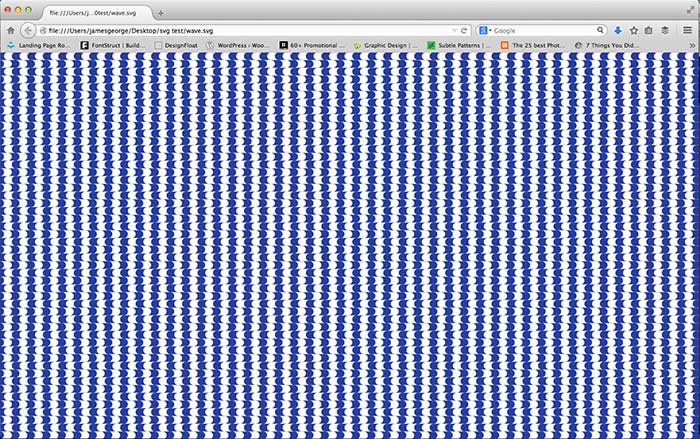
I think you’ll agree that this makes Illustrator’s pattern maker a highly useful tool.
Not only can you create beautiful, seamless vector patterns for your print design work, but now, you can export your patterns as SVG files, edit them slightly, and have lightweight, infinitely scalable vector graphics for your websites.
Frequently Asked Questions about Illustrator’s SVG Pattern Tool
How can I create a seamless pattern in Adobe Illustrator?
Creating a seamless pattern in Adobe Illustrator is a simple process. First, you need to create your design. This could be anything from a simple shape to a complex illustration. Once you have your design, select it and go to the ‘Object’ menu, then ‘Pattern’ and ‘Make’. A new window will open where you can adjust the tile type and spacing to create a seamless pattern. Click ‘Done’ when you’re happy with your pattern. It will then be saved in your swatches panel for future use.
Can I edit a pattern once it’s been created in Illustrator?
Yes, you can edit a pattern in Illustrator even after it’s been created. To do this, open your swatches panel and double-click on the pattern you want to edit. This will open the pattern in a new window where you can make changes to the design, tile type, and spacing. Once you’re done, click ‘Done’ to save your changes.
How can I use the SVG Pattern Tool to create a background?
The SVG Pattern Tool in Illustrator allows you to create intricate backgrounds with ease. First, create your pattern using the ‘Pattern’ function in the ‘Object’ menu. Once you have your pattern, you can apply it as a background by creating a new layer, drawing a rectangle that covers your artboard, and applying the pattern as a fill.
Can I export my patterns from Illustrator?
Yes, you can export your patterns from Illustrator. To do this, select the pattern you want to export in the swatches panel, then go to the ‘File’ menu and select ‘Export’. Choose the format you want to export in, such as SVG, and click ‘Export’. Your pattern will then be saved as a separate file.
How can I create a pattern from an image in Illustrator?
To create a pattern from an image in Illustrator, first open the image in Illustrator. Then, use the ‘Image Trace’ function to convert the image into a vector. Once you have your vector image, you can create a pattern from it using the ‘Pattern’ function in the ‘Object’ menu.
Can I use the SVG Pattern Tool to create patterns for print?
Yes, the SVG Pattern Tool in Illustrator can be used to create patterns for print. When creating your pattern, ensure that it is in CMYK color mode for best print results. You can then apply your pattern to your design and print it as you would any other Illustrator file.
How can I create a repeating pattern in Illustrator?
To create a repeating pattern in Illustrator, first create your design. Then, select your design and go to the ‘Object’ menu, then ‘Pattern’ and ‘Make’. In the new window that opens, adjust the tile type and spacing to create a repeating pattern. Click ‘Done’ when you’re happy with your pattern.
Can I use the SVG Pattern Tool to create patterns for web design?
Yes, the SVG Pattern Tool in Illustrator is perfect for creating patterns for web design. SVG files are scalable, meaning they can be resized without losing quality, making them ideal for web use. Once you’ve created your pattern, you can export it as an SVG file and use it in your web design.
How can I create a complex pattern in Illustrator?
Creating a complex pattern in Illustrator involves creating a detailed design and then repeating it. You can use the ‘Pattern’ function in the ‘Object’ menu to create your pattern. In the new window that opens, you can adjust the tile type and spacing to create a complex, repeating pattern.
Can I use the SVG Pattern Tool to create patterns for mobile apps?
Yes, the SVG Pattern Tool in Illustrator can be used to create patterns for mobile apps. SVG files are scalable and can be resized without losing quality, making them ideal for use in mobile apps. Once you’ve created your pattern, you can export it as an SVG file and use it in your app design.
James George is a professional web developer and graphic designer. James is an expert in design, and a professional web developer, with a special interest in WordPress. Founder of Design Crawl, James has been a professional designer since 2005.
Published in
·Design·Design & UX·HTML & CSS·Photography & Imagery·Photoshop·Resources·Review·Software·September 23, 2014


